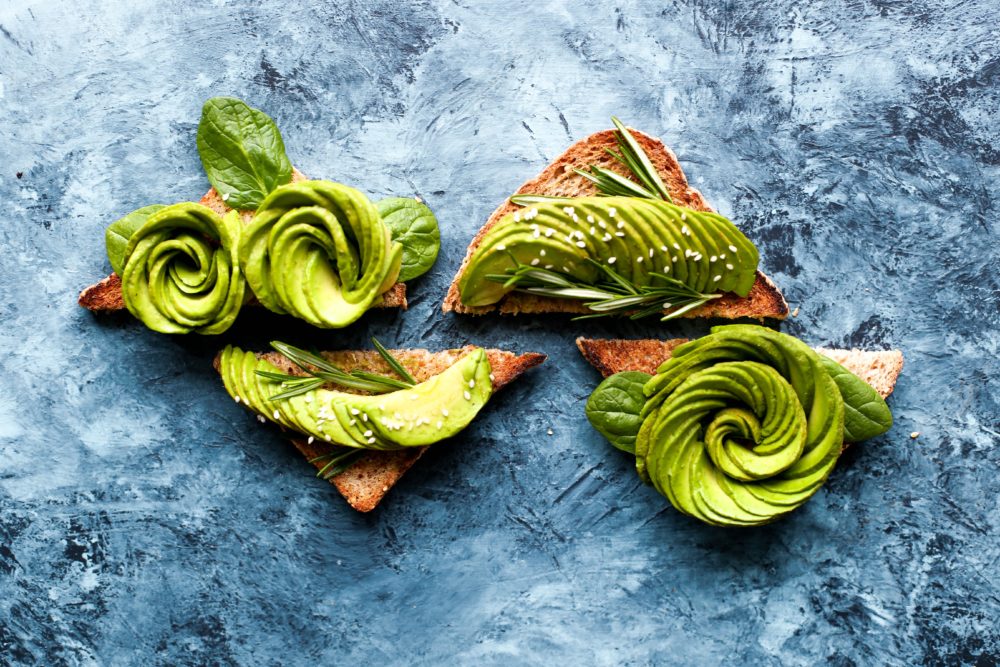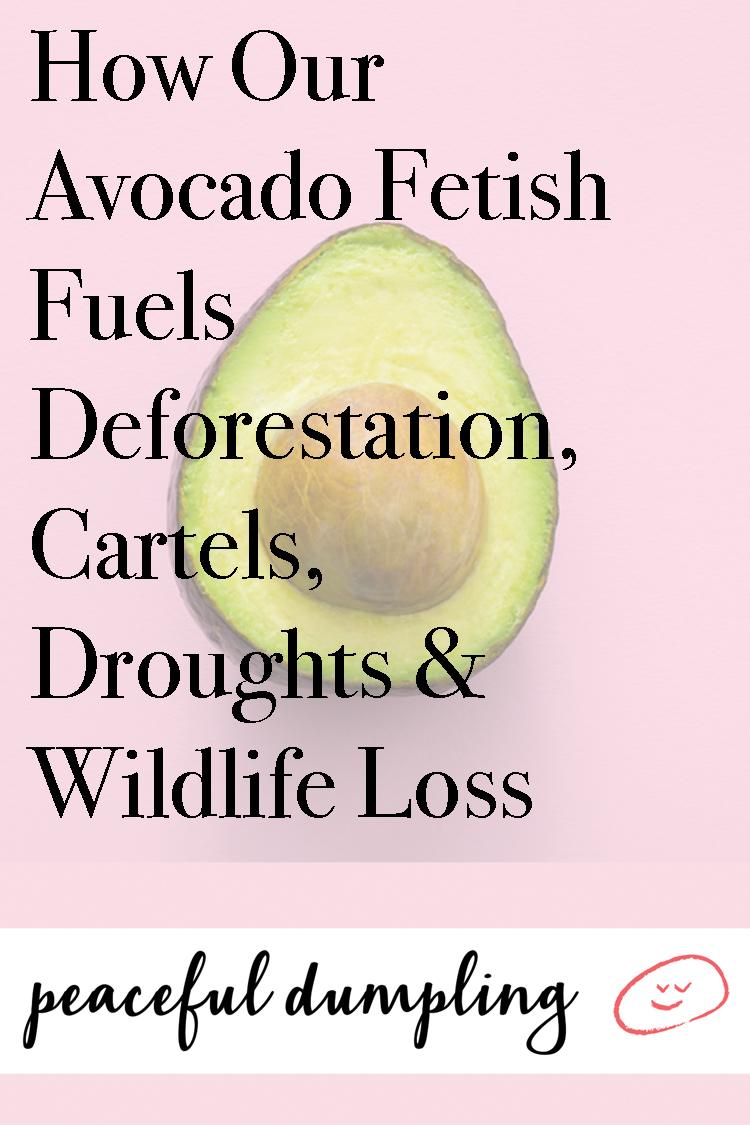The first time I encountered an avocado was circa 1996, when our family moved from Korea to Portland, Oregon. I thought the yellow-green, creamy wedge inside a hand roll was bland, fatty, even slightly off-putting. But as my palate changed, so did my appreciation for the fruit.

It turns out my growing enthusiasm closely matched the rise of the avocado in the U.S. through the late 90s and the 2000s. From 2000 to 2015, avocado consumption increased by 300% to 1.9 billion pounds (roughly 4.25 billion avocados) a year. Once a seasonal treat only occasionally enjoyed on the West Coast, avocados exploded after trade restrictions against Mexico were gradually lifted in the late 1990s. At the same time, the industry represented by the Hass Avocado Board launched one of the most successful food marketing campaigns in recent history: avocado was cast as the ultimate superfood that’s tasty in everything from sushi, guacamole, tacos, and toast, to smoothies and vegan chocolate brownies.
But even the Hass Avocado Board couldn’t have engineered the unexpected boon ushered in by the 2010s. As we entered the Age of Instagram, the avocado became the main representative of photogenic foods, consumed as much with our eyes as with our mouths. Increasingly, the Millennial-driven avocado fever seemed to beg the question, “Is this too good to be true?” My moment of skepticism occurred, first while savoring a sensational avocado-mushroom sandwich at a vegan cafe in Reykjavik, Iceland, then while facing down an avocado “rose” toast flavored with wasabi and black sesame seeds in an all-avocado eatery in Amsterdam. In those icy reaches of Northern Europe, the tropical fruit was clearly tens of thousands of miles from its native habitat. What was our unchecked mania costing the Earth?
The short answer is that avocado farming is causing deforestation, destroying ecosystems, funding drug cartels, and contributing to climate change. In Michoacán, Mexico, the biggest avocado producing region in the world, farmers are illegally razing pine forests in order to plant lucrative avocado trees. The native pine trees make up an irreplaceable habitat to indigenous species, including the iconic monarch butterfly.
Astonishingly, it takes up to 1,000 liters of water to grow just 1 kg of avocados–roughly 3 avocados. (By contrast, 1 kg of broccoli only uses around 45 liters of water.) As the water-hogging avocado orchards replace the pines, they divert natural streams and water sources from local animal species. Even more trees are cut down to make crates to transport the avocados, further exacerbating water shortage and destroying carbon sinks.
In Michoacán, avocado exports bring in $109 million a year and have become a lucrative business for Mexico’s drug cartels such as Los Caballeros Templarios (The Knights Templar). When the farmers refuse to pay the gangs, their orchards and processing plants are burned down–or worse. The situation is such that the avocado, long called “green gold” by the locals, is now referred to as “blood guacamole.” Meanwhile, the chemicals and toxins from avocado orchards cause respiratory and stomach problems in local residents.
And that’s just in Mexico. In Petorca, Chile, another major producer, avocado farming is exacerbating an acute water shortage in a region where riverbeds have dried up a long time ago. Water is privatized in Chile, meaning it’s a commodity. Those who pay the most can obtain water licenses, even for life, regardless of the consequences for the ecosystem or for the community. So while local populations survive on trucked-in water, tens of thousands of acres of avocado orchards are watered with manmade reservoirs. Human rights activists who raise awareness of this situation are given death threats.
Even though California orchards represent a smaller portion of the global avocado market, it’s still sapping water in a state that’s increasingly ravaged by severe wildfires and drought. A little-known fact is that the avocado is actually a jungle plant, hardly suited to dry climates such as California’s. Yet, this tree that should be endemic to only a sliver of the Earth is being farmed out of place, largely in order to–let’s face it–feed our vanity.
Once these avocados leave their plantations, they are trucked away, bumper-to-bumper, and transported in air-conditioned cargo ships to North America, Europe, and increasingly also Asia, especially China. Mexico’s avocado export to China has been increasing at 200% a year following lowered tariffs and trade agreements. The world’s biggest market catching the avocado mania is going to spell disaster for an already fraught situation.

So what can we do? Enjoy avocados as they used to be enjoyed–occasionally rather than at every meal. Buy only organic avocados, and even when you do, be aware that this is traveling tens of thousands of miles to reach your market. The best strategy is to organize your diet around local, organic, seasonal produce that are adapted to the regional climate and whose transport causes the least impact. And finally, refrain from fetishizing the avocado on social media because our culture shapes our behavior, and our behavior shapes the environment.

What are your thoughts on our culture’s obsession with avocado?
Related: Algae Is The Next Big Thing In Vegan Protein–And It Just May Save The World
Athleta Is B-Corp Now—But Is It Really Sustainable? Why We’re Skeptical
It Takes 2700L Of Water To Make One T-Shirt. How to Reduce Your Impact
Get more like this—Subscribe to our daily inspirational newsletter for exclusive content!
__
Photo: Thought Catalog on Unsplash, Brenda Godinez on Unsplash




